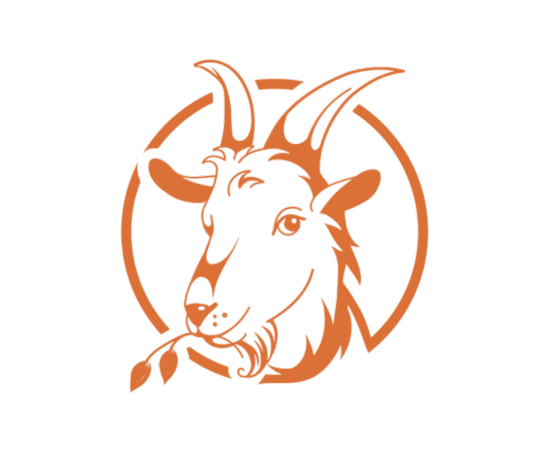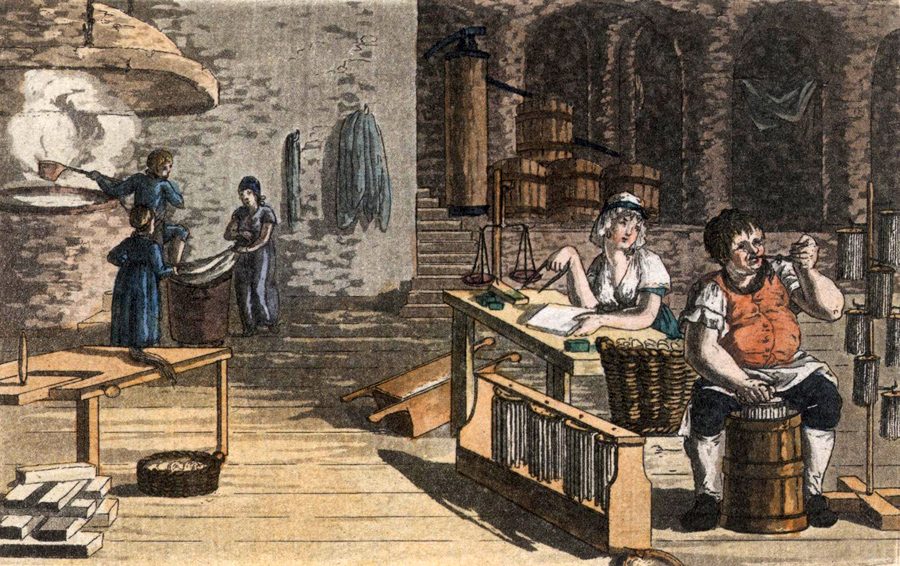February 12, 2024
The art of soapmaking in antiquity.
The art of soapmaking has a long history dating back to ancient times. Here is some information about soapmaking in antiquity:
- Early Forms of Soap: The oldest evidence of soapmaking dates back to ancient Babylon around 2800 BCE. Egyptians, Phoenicians, and other ancient cultures used a type of soap for personal cleansing purposes.
- Ingredients of Ancient Soaps: Early soaps were made from a mixture of plant ash and animal fat. The ash, rich in potassium carbonates, reacted with the fat and formed a type of soap.
- Use of Soap in Antiquity: In ancient times, soap was primarily used for body cleansing, similar to today. Romans, Greeks, and other cultures also used soap in bathhouses.
- Manufacturing Techniques: The exact manufacturing methods of ancient soaps are not precisely documented, but it is believed they relied on simple mixtures of fat and ash. Soapmaking techniques evolved over time, with different cultures developing their own recipes.
- Development in Roman Times: The Romans improved soapmaking techniques and used various types of oils and ashes, including plant ash.
- Changes in the Middle Ages: During the Middle Ages, soapmaking lost popularity in some parts of Europe but later made a resurgence.
- Renaissance in the Modern Era: In the 17th century, soap manufacturing became an industry in France, and various fragrances were added. Over time, techniques continued to evolve, and modern soapmaking, as we know it today, began to take shape.
- Soapmaking has undergone many changes over the centuries, from simple mixtures in antiquity to the diverse and complex recipes of the present day


